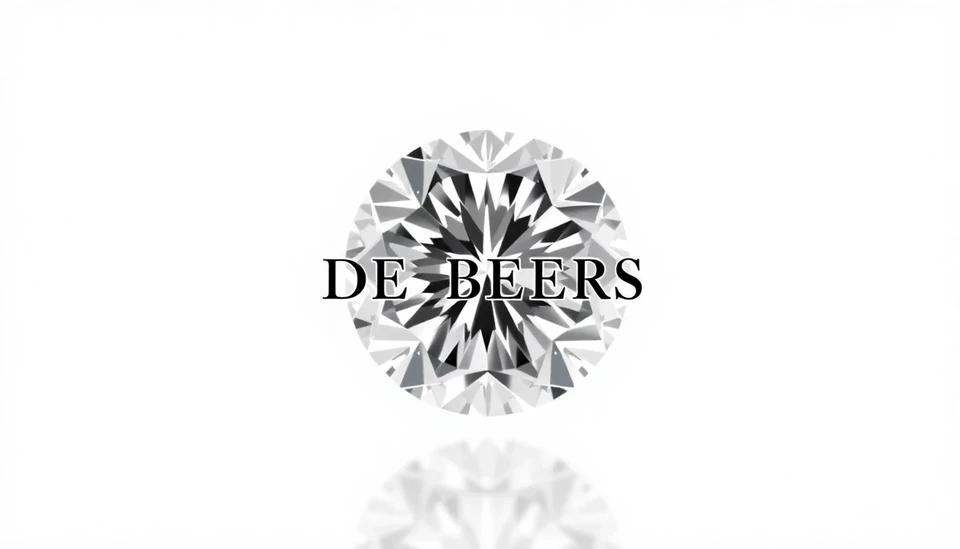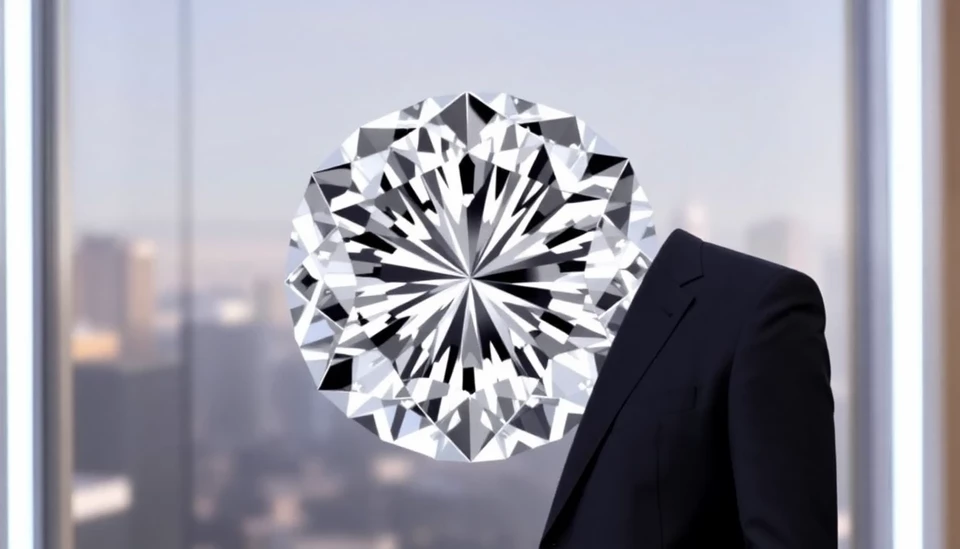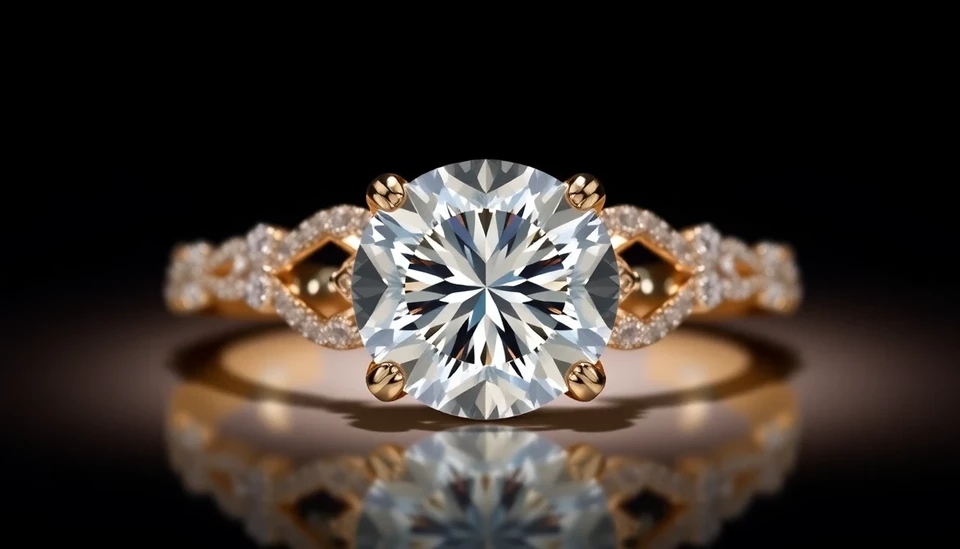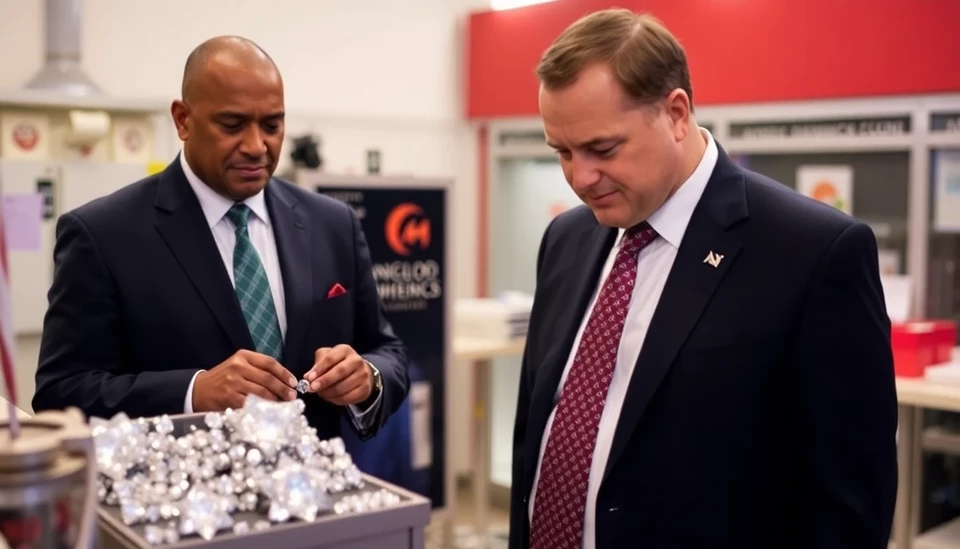
De Beers, the long-standing titan of the diamond sector, is grappling with a transformative period marked by declining sales, shifting consumer preferences, and a rapidly changing market landscape. As this industry stalwart contends with pressures both internally and externally, its struggles reflect broader challenges faced by the diamond market as a whole.
Once held as a symbol of luxury and commitment, diamonds are now losing their luster among younger consumers. Factors contributing to this trend include a rising preference for alternative gemstones and lab-grown diamonds, which are increasingly gaining traction for their ethical considerations and affordability. The demographic shift has undermined De Beers’ historically robust pricing structure and sales volumes.
In an effort to respond to these market challenges, De Beers has pivoted its strategy. The company has introduced lower-priced diamond options and expanded its offerings of sustainable, lab-grown stones to capture a segment of consumers who prioritize eco-friendliness and corporate responsibility. However, this shift has provoked significant internal discord, as traditionalists within the company question the brand’s identity and long-term vision.
The company’s recent results disclose a stark narrative; diamond sales have slumped to their lowest in years, with revenue dropping considerably. Analysts attribute this downturn not only to reduced consumer demand but also to sluggish global luxury spending, as economic uncertainties loom. Compounding these issues are geopolitical tensions and inflationary pressures, which have cast a shadow over market confidence and spending habits.
Furthermore, the pandemic has accelerated digital transformations, prompting increased online sales and an emergence of direct-to-consumer business models that challenge traditional retail frameworks. De Beers is racing against time to revamp its sales strategies to solidify its standing in an increasingly e-commerce-driven environment.
Nevertheless, De Beers is not alone in this predicament. The entire diamond industry has entered a phase of introspection and adaptation, as stakeholders re-evaluate their roles. Competitors are not only diversifying their product lines but also investing heavily in marketing to champion the allure of diamonds amid increased competition.
Moreover, industry veterans express concerns over the future of diamond mining. With ongoing environmental concerns about mining practices and sustainability, the sector is under scrutiny. As public sentiment begins to prioritize eco-friendly practices, companies face the dual challenge of delivering on profitability while maintaining a viable ecological footprint.
In response to such market dynamics, trade analysts expect continued volatility in diamond prices and heightened competition from lab-grown alternatives. As De Beers navigates this complex landscape, its ability to adapt and innovate will be crucial in determining the future of its brand and, potentially, the diamond industry as a whole.
In conclusion, while De Beers has long served as a beacon for the diamond industry, its current struggles are emblematic of a broader crisis. The path forward will require a delicate balance of heritage preservation, innovative thinking, and responsiveness to changing consumer values.
#DeBeers #DiamondIndustry #LabGrownDiamonds #LuxuryMarket #Sustainability #ConsumerTrends #MarketShift
Author: Victoria Adams


